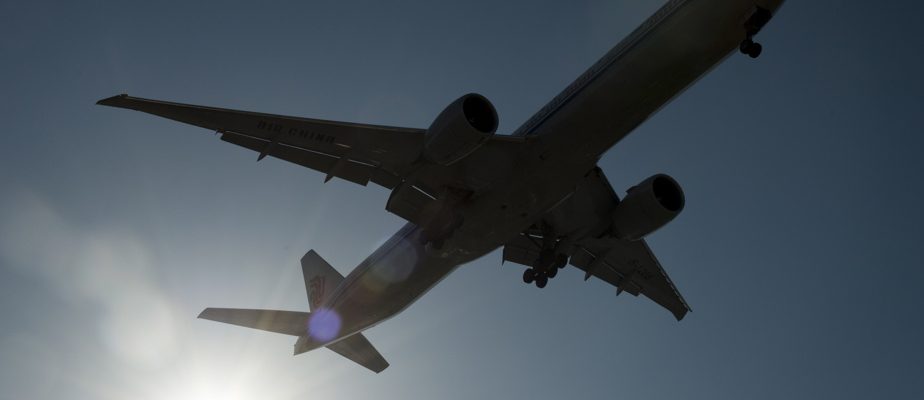Flair Airlines chief executive Stephen Jones says he still hopes to add more Lynx Air planes to his fleet, even after their merger attempt failed when Lynx closed last month.
In a telephone interview, Mr. Jones said the Boeing 737 Max 8s are the same model that makes up the bulk of its 20-plane fleet and would bolster the airline’s stalled growth plans in the near future. low price.
“We would like to have access to these planes – not all of them, but we would like to have access to at least some,” he said.
“We are very interested in a transparent process. »
In a filing in Edmonton court, Flair’s chief executive asked that Lynx include him among those allowed to bid on the insolvent airline’s assets.
The court-supervised asset sale currently before a judge – who must approve the process – could result in a “highly anti-competitive result” if major airlines are allowed to bid while Flair is blocked, according to an affidavit by Mr. Jones.
Any process giving Lynx the final say – which selects “prequalified bidders” – on who can submit bids “unfairly prejudices” the only low-cost carrier remaining in the Canadian market, the document claims.
Court documents indicate Lynx owns $345 million in property and equipment, of which nine leased aircraft are counted as assets, as well as $355 million in long-term lease debt.
Some observers question whether Flair has the financial stability to launch a serious offering, especially as consumer appetite for travel stabilizes amid higher interest rates and inflation.
“Even though Mr. Jones shows a lot of bravado, he does not have the financial means to back it up,” said John Gradek, a professor in the aviation management program at McGill University.
The cost of any planes transferred to a new lessor could be higher than what Lynx benefited from, which ordered 46 when prices were low during the COVID-19 pandemic.
The market rental rate for a new 737 Max 8 has risen to more than $540,000 a month, up from about $350,000 a month four years ago, according to consultancy IBA.
As of November, Flair owed the federal government $67.2 million in unpaid taxes related to import duties on the 20 Boeing planes that make up Flair’s fleet.
Last March, the Edmonton-based company had four of its planes seized in the middle of the night after aircraft leasing manager Airborne Capital claimed the company regularly missed lease payments amounting to million dollars over the previous five months.
In response, Flair launched a $50 million lawsuit against Airborne and three other leasing companies, arguing that the four companies’ continued demands for payment were “baseless.”
Last week, Calgary-based Lynx Air became the latest victim in a long line of budget airlines to bite the dust on the tarmac, closing its doors on February 26, days after benefiting from a protection against its creditors and less than two years after the launch of its first flight.
The closure eliminated a small portion of competition in the airline landscape, with fewer options for customers where Lynx was the only ultra-low-cost carrier in some markets, such as Fredericton and Regina.
The sudden halt in growth at Lynx — which planned to fly 17 planes by the end of the year compared to a handful in 2022 — means one less rival for Flair as well as larger rivals including Air Canada .
Starting last month, the country’s largest airline entered direct competition with Flair and Lynx on routes representing 28% of its domestic capacity this quarter, according to National Bank analyst Cameron Doerksen.
